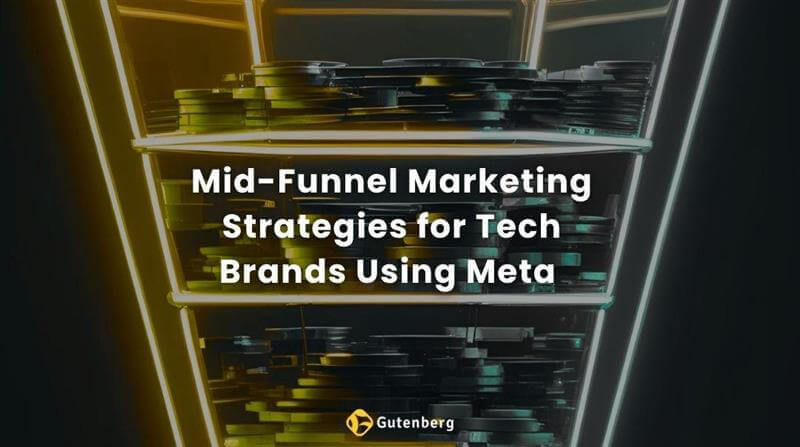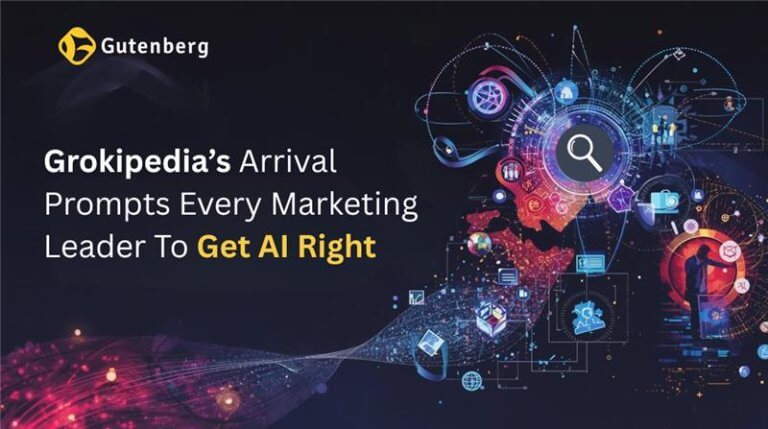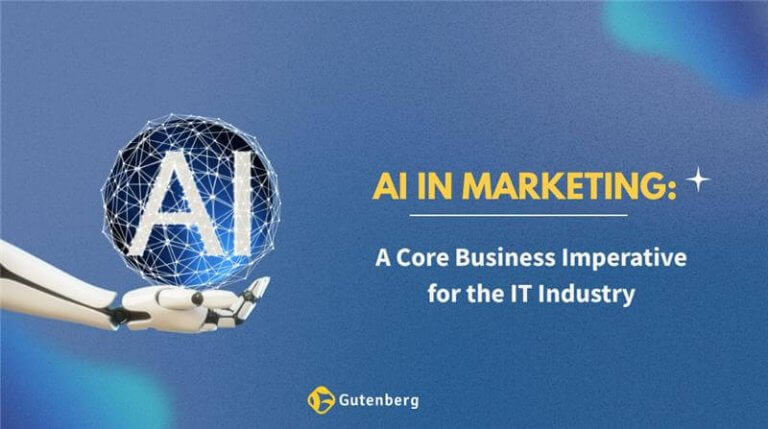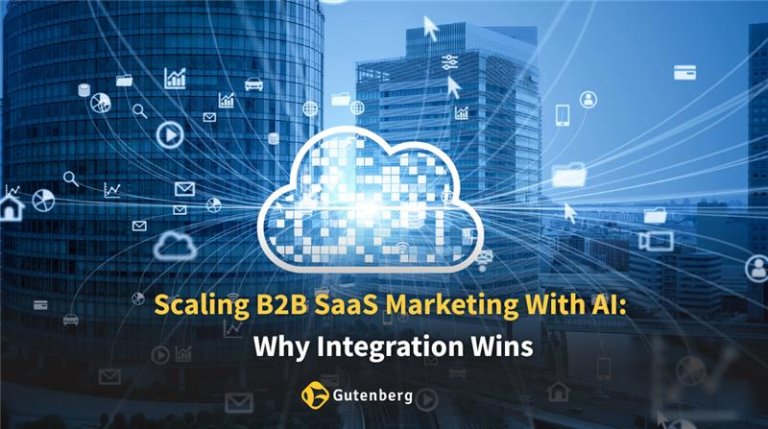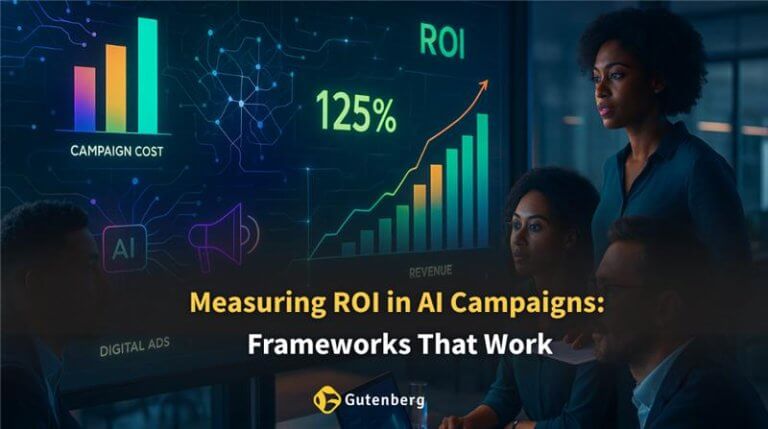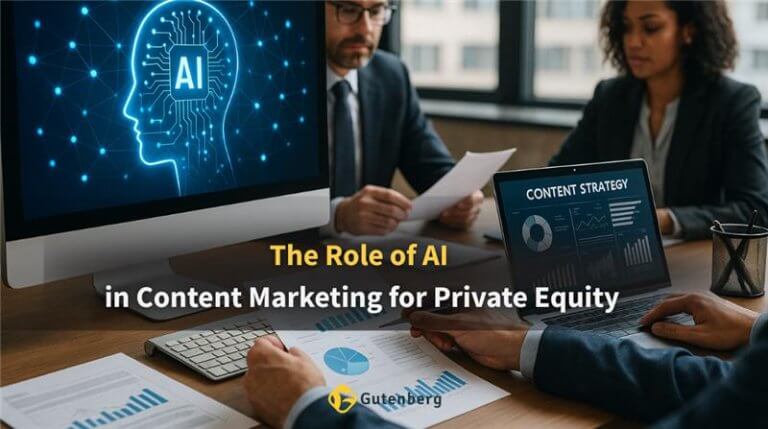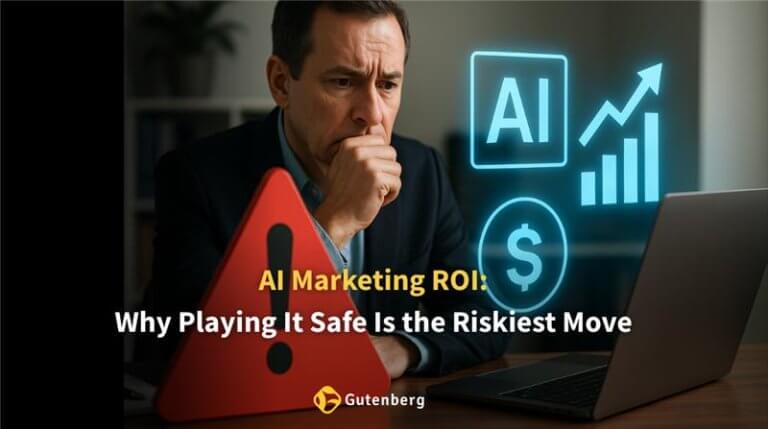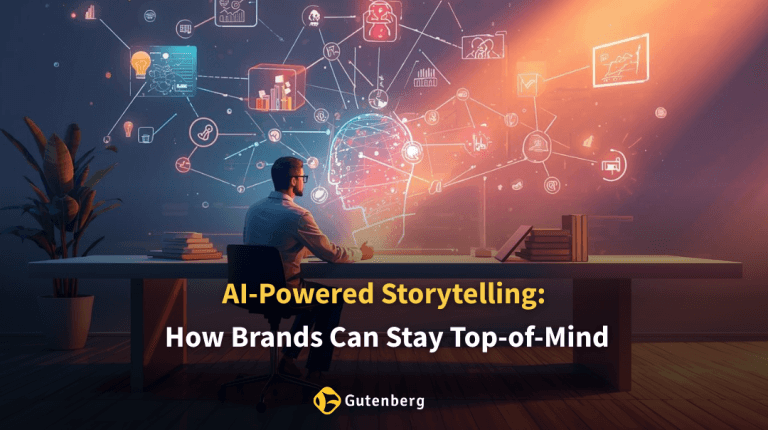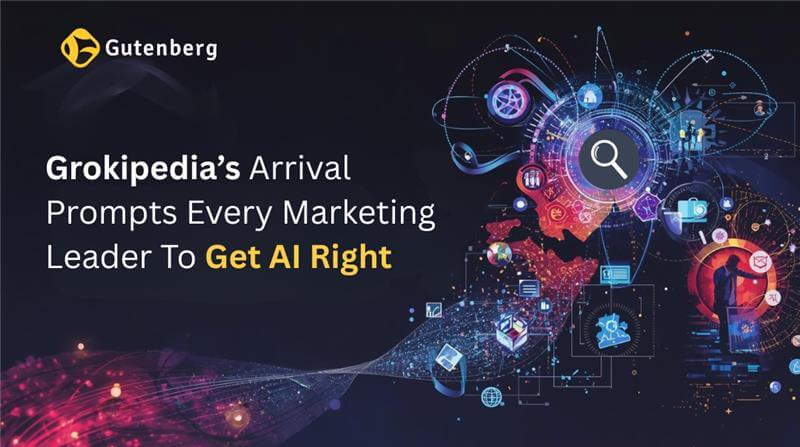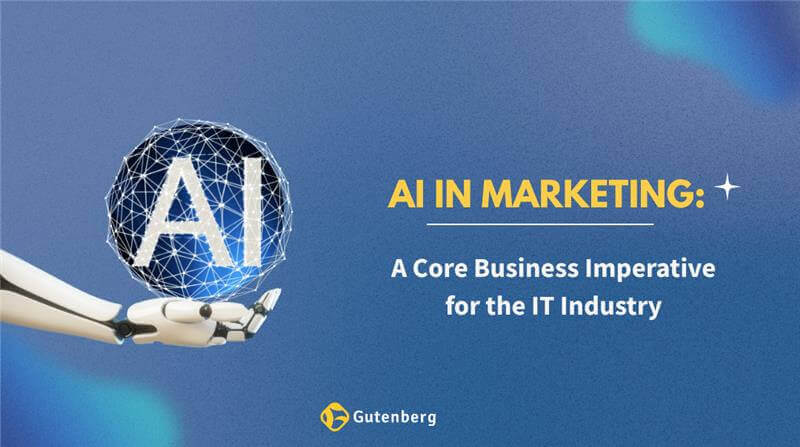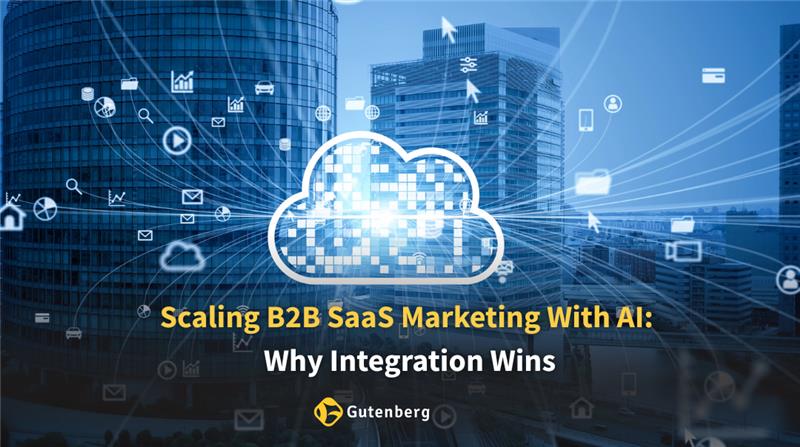Mid-Funnel Marketing Strategies for Tech Brands Using Meta
When B2B tech companies map out their marketing strategies, most of the attention tends to go to two places: top-of-funnel awareness and bottom-of-funnel conversions. These ends of the funnel are easier to track, easier to justify, and easier to measure. But it’s often the middle of the funnel, the interest and consideration phase, that quietly shapes the final buying decision.
This mid-funnel stage is where brands earn trust. It’s where buyers explore options, validate impressions, and begin narrowing down their choices. For tech brands, credibility built in this phase often determines who makes it to the shortlist.
In this blog, we’ll explore how mid-funnel marketing on Meta’s platforms, Facebook and Instagram, helps tech companies establish relevance and reliability before the sales pitch. We’ll examine how Meta advertising supports credibility, why both platforms remain relevant for B2B, and how businesses can approach this stage with thoughtful content and structure. We’ll also share a few metrics that matter, pitfalls to avoid, and how Gutenberg helps tech brands gain consistency where it matters most.
Rethinking Mid-Funnel Marketing for B2B Tech
In the B2B space, mid-funnel is not about awareness or action; it’s about investigation. Buyers at this stage compare vendors, check social presence, read content, and look for consistency.
This gap creates a window where brands must earn mindshare without direct contact. That’s where mid-funnel marketing steps in. It is not to push a sale, but to maintain attention and build credibility. Messaging at this stage should reinforce core value propositions, provide helpful insights, and show that the brand is trustworthy and competent.
It is less about “what we sell” and more about “why we’re worth considering.”
Why Meta Advertising Matters for Mid-Funnel B2B Tech Engagement
Meta platforms, Facebook and Instagram, are often underestimated in B2B conversations. Many tech marketers assume LinkedIn is the only place decision-makers spend time. But reality is more nuanced.
According to a survey, 60% of US B2B marketers identify social media as a valuable platform for connecting with business audiences. The takeaway is simple. Decision-makers do not shut off their work brains outside of LinkedIn. They consume content on Facebook and Instagram, just in more casual formats. When brands show up there with helpful, relevant content, it builds familiarity. Familiarity, especially when repeated over time, fuels brand credibility.
Meta’s platform infrastructure supports this behavior. With layered targeting, retargeting capabilities, and varied ad formats, tech marketers can use Meta advertising to reach mid-funnel buyers based on past engagement, website visits, or content interaction, keeping the message active while the decision is still forming.
How Meta Advertising Builds Brand Credibility Mid-Funnel
Credibility in the mid-funnel is not about hard selling. It is about signaling trust, stability, and expertise consistently over time. Meta’s tools make it possible to deliver this in subtle, high-frequency ways.
- Contextual Storytelling: Instead of talking about features, smart tech brands focus on use cases. Showing how a product fits into a real-world context, without overexplaining, helps prospects picture its relevance to their own operations.
- Engagement-Focused Content: Rather than pushing traffic to a landing page, engagement campaigns aim to deepen the connection right on the platform. Posts that invite responses, explain industry shifts, or highlight shared challenges create space for interaction.
- Video Formats: Bite-sized explainers, product walkthroughs, or expert insights work well on Facebook and Instagram when delivered in a clear, accessible way.
- Custom Audience Sequencing: By retargeting users based on their interaction history, marketers can guide prospects deeper into the brand story with thoughtful message progression.
What Signals Credibility in the Middle of the Funnel
Unlike bottom-funnel activity, mid-funnel performance can be harder to track with a single KPI. But there are clear signals that mid-funnel marketing efforts are working.
- Repeat Engagement: Are buyers coming back to your content? Are they watching more than one video, saving posts, or revisiting the company page?
- Improved Cost-Per-Engagement (CPE): Campaigns that perform well over time will show lower CPE as Meta optimizes for quality interactions.
- Branded Search Volume: If users search for your company by name after seeing Meta content, it reflects growing interest.
Avoiding Common Missteps
- Pushing CTAs Too Early: Asking for demos too soon can lose interest from prospects who are still evaluating.
- Inconsistent Creative: Ads that don’t align with your website or other brand touchpoints weaken credibility.
- Too Much Technical Jargon: Messaging should remain clear and benefit-focused instead of overwhelming the audience.
- Ignoring Community Interaction: Not replying to comments or reacting to engagement misses an opportunity to build rapport.
How Gutenberg Helps Tech Brands Strengthen Their Mid-Funnel
At Gutenberg, we work with tech brands to strengthen the part of their funnel that often goes quiet—the middle. Our approach is built on helping clients stay present, relevant, and consistent while their buyers are weighing options.
We do not just run ads. We help brands structure their mid-funnel marketing with intention. Our team focuses on shaping content that builds trust and not pressure. We design Meta advertising campaigns that fit naturally into Facebook and Instagram, offering educational value without overwhelming the viewer.
We understand what signals matter at this stage: familiarity, clarity, and repetition. From short-form explainers to scroll-stopping visuals, we help tech companies show up with content that keeps buyers engaged long before they decide.
If your brand needs a stronger presence in the consideration phase, we’re here to help guide the structure, message, and timing so you remember when it matters most.
Conclusion: Credibility Is Built in the Middle
Conversions do not start at the bottom of the funnel. They start when a buyer sees a brand multiple times, hears a consistent message, and gradually begins to trust it. That moment rarely comes from a single ad or a single channel. It is built over time, often in the middle.
Mid-funnel marketing on Facebook and Instagram helps tech companies stay present during those quiet decision-making phases. It is not about flash or volume. It is about rhythm, relevance, and showing up when others step back.
Meta advertising may not always drive instant clicks, but it does something more important. It keeps your brand in the conversation. For tech buyers juggling multiple priorities, familiarity often makes the difference when it is time to choose.
With consistent, credible messaging, you don’t just stay in the feed. You stay top of mind.

